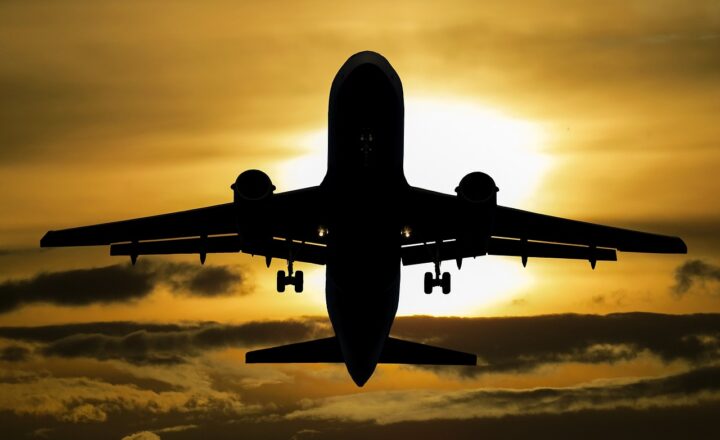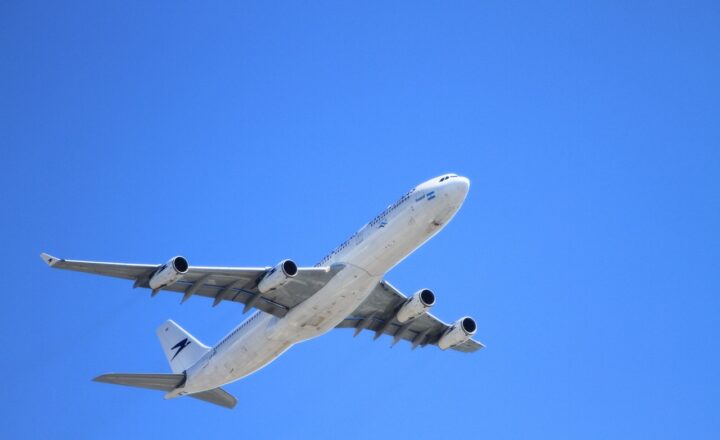From Hot Air Balloons to Hypersonic Jets: The Evolution of Air Travel
November 11, 2024

Air travel has come a long way since its humble beginnings in the 18th century. From the simple yet awe-inspiring hot air balloons to cutting-edge hypersonic jets that revolutionize our understanding of speed and distance, the history of air travel is a testament to human ingenuity and the relentless pursuit of progress. This article explores the fascinating milestones in the evolution of air travel, how it has shaped society, and what the future may hold.
1. The Pioneering Days: Hot Air Balloons
The first successful human flight occurred on June 4, 1783, when the Montgolfier brothers launched a hot air balloon in France. This milestone marked the beginning of humanity’s journey into the skies. The balloon, made from cloth and powered by a fire, captured the imagination of people around the world. Soon, hot air ballooning became a popular spectacle at fairs and festivals, sparking interest in the science of flight.
The Montgolfier brothers’ invention not only demonstrated that controlled flight was possible but also laid the groundwork for future advancements in aviation. Although hot air balloons had their limitations, they opened up a world of possibility, inspiring inventors and dreamers alike.
2. The Age of Airships: Lighter-than-Air Flight
Following the hot air balloon, inventors turned to airships, or dirigibles, that utilized gas for buoyancy. The first successful airship flight took place in 1852, thanks to Henri Giffard’s dirigible, which flew for 27 minutes carrying steam-powered propulsion. Airships offered a new level of control, enabling longer flights and greater passenger capacity.
The most famous airship, the German LZ 127 Graf Zeppelin, completed multiple transatlantic voyages in the late 1920s and 1930s, capturing public attention with its grand adventures and luxury accommodations. However, the tragic explosion of the Hindenburg in 1937 marked the decline of commercial airship travel, ushering in an era focused on heavier-than-air flight.
3. The Wright Brothers and the Birth of Powered Flight
The milestones set by hot air balloons and airships paved the way for the pivotal moment in aviation history: the Wright brothers’ successful powered flight on December 17, 1903. Wilbur and Orville Wright’s Flyer took off for 12 seconds, covering 120 feet in Kitty Hawk, North Carolina. This achievement revolutionized air travel and opened the door to advancements in powered flight.
“It is possible to fly without motors, but not without knowledge and skill.” – Orville Wright
Following their success, the 1910s and 1920s saw rapid advancements in aircraft design, including the introduction of triplanes and monoplanes, emphasizing speed, range, and flight stability. By the end of World War I, aviation had become a crucial military asset, and the technology continued to develop at an unprecedented pace.
4. The Golden Age of Aviation
The 1930s and 1940s marked the Golden Age of Aviation, characterized by an explosion in commercial air travel and a golden era for airliners. Aircraft like the Douglas DC-3, which entered service in 1936, transformed air travel by offering reliability and comfort, making it more accessible to the general public.
This era also saw the inception of iconic flights, such as the first commercial transatlantic flight in 1938, which connected Europe and North America. Innovations like pressurized cabins, improved engines, and navigational systems made long-distance air travel safer and more efficient than ever before.
5. The Jet Age
The introduction of jet engines in the 1950s heralded the Jet Age, dramatically changing the landscape of air travel forever. The de Havilland Comet, the world’s first commercial jetliner, took to the skies in 1952, and soon after, Boeing’s 707 entered service in 1958, making long-haul flights more feasible than ever.
The speed and capacity offered by these jets revolutionized international travel, with airlines ramping up schedules to accommodate a growing desire for global exploration. The introduction of wide-body aircraft, like the Boeing 747 in the 1970s, further increased passenger capacity and lowered costs.
6. Modern Advancements: From Supersonic to Hypersonic
The 21st century has witnessed significant advancements in aviation technology, including the development of supersonic travel. The Concorde, which began passenger service in 1976, could cross the Atlantic in under four hours, significantly reducing travel time between continents.
However, the Concorde’s retirement in 2003 highlighted the challenges of sustaining supersonic travel due to high operational costs and noise pollution. Nonetheless, various companies are now working on new supersonic aircraft, igniting hopes for a return of faster-than-sound travel.
At the forefront of aviation innovation is the concept of hypersonic flight, defined as traveling at speeds exceeding Mach 5 (five times the speed of sound). This technology has the potential to revolutionize air travel once again, making global travel a matter of mere hours rather than days. Companies and government agencies worldwide are researching and developing hypersonic vehicles for both military and civilian applications.
7. The Future of Air Travel
As we look to the future, it is clear that air travel will continue to evolve. Innovations in sustainable aviation fuel, electric aircraft, and autonomous flying technology are just a few areas poised to change the dynamics of air travel.
Sustainable aviation practices are increasingly necessary to mitigate the impact of aviation on the environment. Manufacturers are exploring hydrogen-powered flight and other eco-friendly technologies, with companies like Boeing and Airbus committing to net-zero emissions by 2050.
Moreover, the concept of urban air mobility, including drones and flying taxis, is gaining traction as cities explore new ways to alleviate congestion and move people efficiently.
Conclusion
From hot air balloons to the possibility of hypersonic jets, the evolution of air travel reflects humanity’s unyielding ambition to conquer the skies. With groundbreaking technology continually emerging, the future of air travel promises to be as thrilling and transformative as its past. As we push forward, the journey of aviation reminds us of our capacity to innovate and connect the world more profoundly than ever before.







